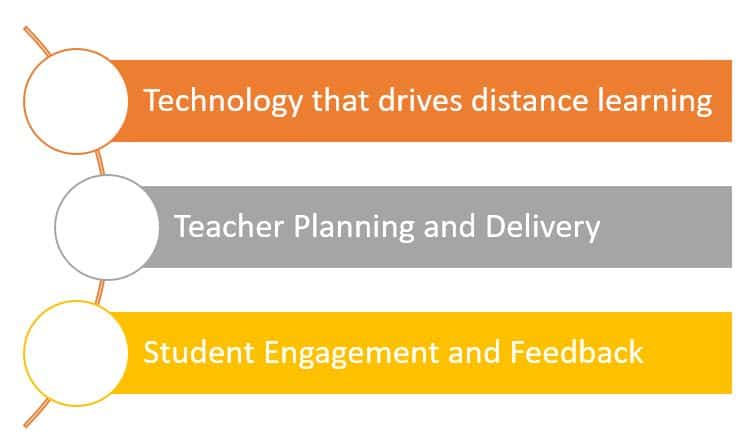
Today’s blog – Does Distance Education Programs Really Work, is a two-part blog that will help readers to answer this critical question. Next week’s blog is a continuation that will shed some insight on how to make distance education better for the teacher and the student. Both of these blogs are co-written with Desiree Dixon, an expert in distance education who provides some insightful information on the background.
This week I’ve been thinking about this question often as I continue to watch updates on the Coronavirus. The uncertainty of this virus has made educators worldwide consider distance education to keep students on pace with their curriculum.
ez Talks says there are six types of distance education. As adults, we have seen multiple examples of distance education, but the budget will drive the decision on which platform for teachers and students.
What are the benefits of using the Distance Education Program?
Technology can aid in facilitating teaching and learning, and here are a few areas where it can make a difference. Students can:
- Set a designated time to study
- Learn regardless of location
- Review lessons where a concept may not have been mastered
- Interact with peers in a chat or discussion setting
Although there are benefits to distance learning, one must also consider the disadvantages to distance learning.
What are the disadvantages of the Distance Education Program?
- The cost will limit the platform’s features
- Students’ experience will never replicate the experience of a classroom
- Teachers will use distance learning as a glorified PowerPoint presentation
- Assignments accompanied by distance learning often lead to boring worksheets and rote-style learning
- Students will get off task during the lesson. (Face it, we go to Candy Crush or Facebook when we are on a conference call all the time)
- Bandwidth will cause sessions to buffer or cut off during sessions
- Economically disadvantaged students may be placed in a position where they don’t have access to distance learning
Don’t get me wrong, I like the concept, but we want distance learning to work in a perfect world.
We want it to be fun, meaningful, and yet an asset to learning.
We will do that for you in the next couple of paragraphs.
How do we optimize distance learning?
To make Distance Learning Optimal, stakeholders must factor in three key components.

- The technology and platform that drives distance learning must integrate with the lessons quickly and be user-friendly. It can’t be an archaic system with problems like broken links or slow upload and download speed. It has to pop when students and teachers log on. They should be compelled to go into the lessons without distractions. If the platform is difficult for both the teacher and the student, then consider it a waste of money.
- Teacher planning and delivery can’t be a bunch of VHS ‘80s style videos and boring PowerPoints with a thousand words on a slide. The best plan that a teacher can prepare is one that makes learning student-centered, fun, and makes the student. Forbes reports that the attention span for marketing to Gen Z and Millennials is only seconds. I bring the marketing angle here because kids will be looking at a screen (as they do every day on their phones), and if they are instantly drawn to the lesson, you better consider it dead on arrival.
- Teachers must also ensure that student engagement and feedback bring them into the lesson. In a classroom, teachers can check for understanding quickly. However, with distance learning, if the teacher is not closely monitoring every student and providing specific feedback on their questions, they’ll shut down your phone faster when the battery is dead. Teachers must keep students on-point and allow them to ask questions and interact like in a classroom.
In the next blog, we’ll provide you with things to address and implement so students won’t feel distant regarding online learning.
If you like this article, check out one of the other blogs I’ve written.
[wp-faq-schema title=”What are the key things to remember regarding distance learning?” accordion=1]




1 Comment